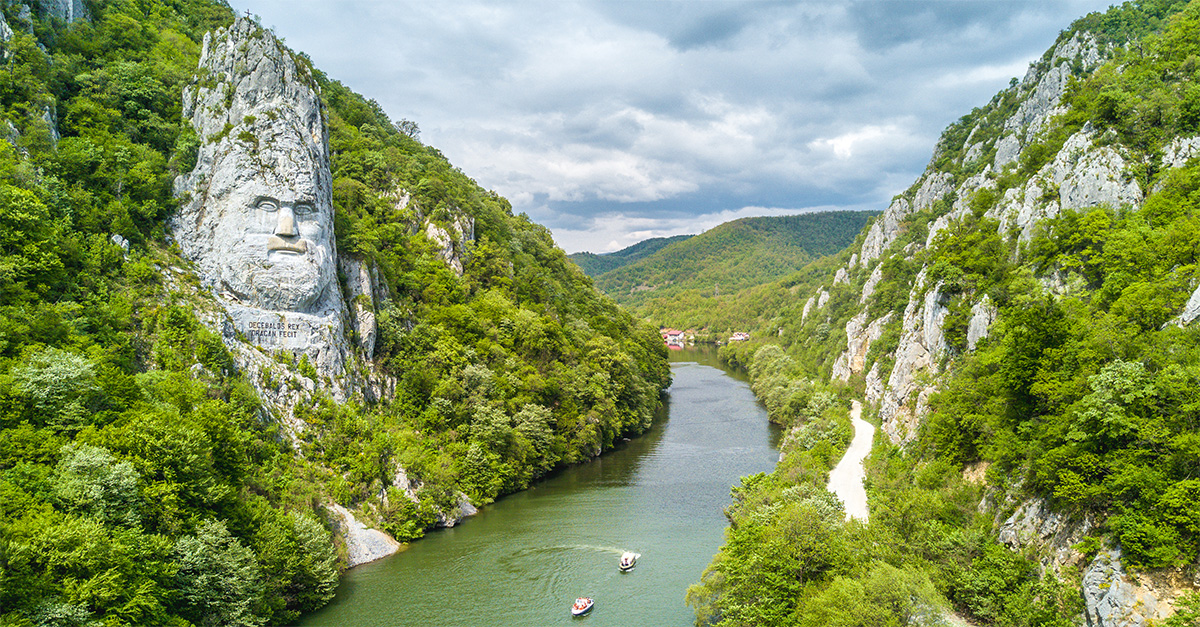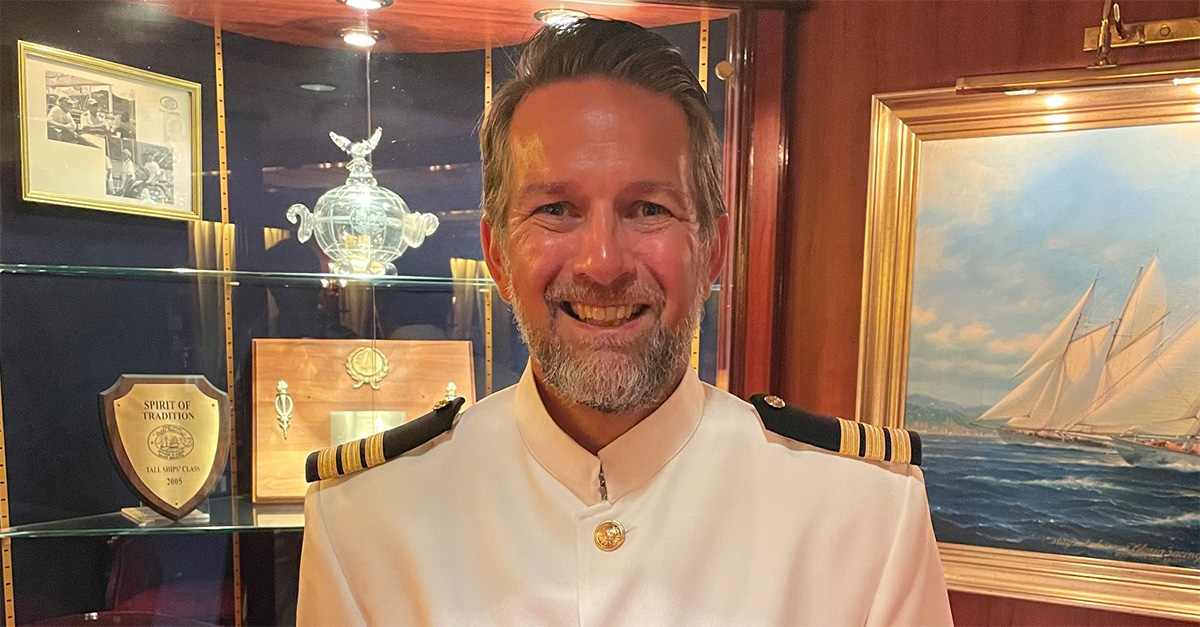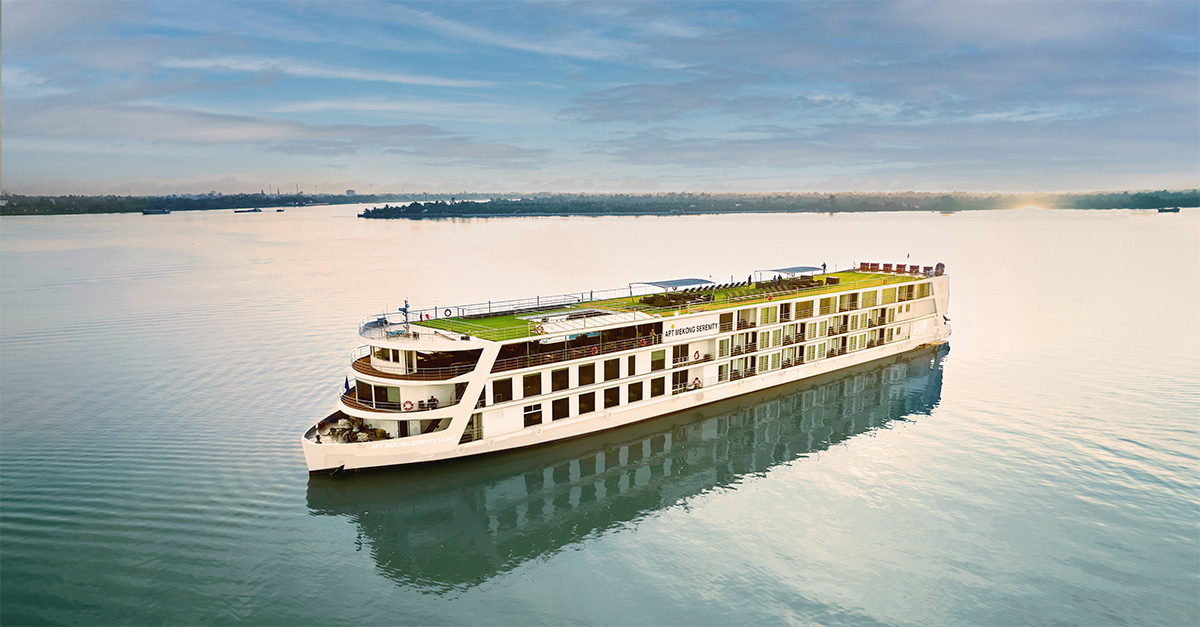Guatemala leaves a lasting impression on David Whitley
Like this and want more details? Click here to download and save as a PDF.
It might be the ancient temple sticking out above the canopy. It might be the ocean of people in bright, hand-woven clothes shuffling through the village market. It might be the puff of vapour steaming out of the active volcano. The precise image that stays is different for everyone, but very few people leave Guatemala without one impressed on their memory.
Bordering Mexico, El Salvador, Belize and Honduras, Guatemala is both the heart of Central America and the country that best sums the region up. Natural beauty and cultural complexity combine deliciously.
Sell: Maya and more
Guatemala’s strength lies in its diversity. Within a relatively small space, it manages to pull in most of what makes Central America so appealing. The big tent peg attractions are unquestionably worth the visit alone – very few people see the giant stone Mayan temples of formerly lost cities poking out of the jungle without being awestruck.
The mistake is to think Mayan culture is just a museum piece. Head to the highland villages, and the hugely colourful traditional clothing is still commonplace. Meanwhile, since the government offered protection to the Mayan way of life a few years ago, ceremonies that would once be held in secret now take place outside ancient ruins.
This mixes in with Spanish colonial architecture; handsomely weathered old churches and pastel-coloured houses on cobbled streets give way to conquistador-evoking courtyards, often full of students taking Spanish lessons.
But the landscape has equal appeal – the sweltering, jungle-covered north gives way to languid waterways in the east and the mountainous west. More than a few of those mountains are rather feisty – huffing and puffing up the side of a live volcano is an archetypal Guatemalan experience.
The main entrance point is somewhat unloved Guatemala City – with flights usually going via the US or Spain. But Guatemala is often tagged into larger Central American itineraries. Visitors often come in by road via Mexico’s Yucatan Peninsula or Belize, or from the south after tackling Nicaragua and the Copán ruins in Honduras.
Picking the right time to go is a balancing act – December to March is the busiest season, with lowest rainfall and most manageable humidity – but it can get a little nippy in the highlands. September and October are when you’re most likely to get a drenching.
If the rain is falling, it’s no great hardship to head inside a bar. Arguably the greatest rum in the world – Zacapa Centenario – is Guatemalan, and it’s much cheaper at source than in duty free.
See: Past and present

Credit: Exodus
Antigua: Just an hour away from the airport, the king of Central America’s colonial towns is often both first stop and longer-term base. Take in the view of the surrounding volcanoes from the rooftop of La Merced, the city’s beautiful old church, but mostly prepare for blissful ambling around. The country’s best restaurants are found here, and many stay for a few weeks learning Spanish. Volcano climbing day tours are popular from Antigua – Volcan de Agua is closest, but Pacaya’s the one where you’ll walk next to flowing lava.
Lake Atitlán: Ringed by mountains, Atitlán provokes a gasp at first sight. The differing characters of the towns around the lake add to the appeal. Panajachel is the relaxed, ex-pat filled, formerly hippyish hub that is happy with its place on the Gringo trail. San Juan La Laguna is great for community tourism – all galleries and artists workshops. San Pedro La Laguna is a backpacker hub and trekking base, while larger Santiago has the gorgeous churches and bizarre shrines to vice-loving, cigar-smoking local ‘saint’, Maximón.
Western Highlands: Elsewhere in the mountains, the markets in Chichicastenango on Thursdays and Sundays are the most easily accessible for a dose of modern Mayan culture. Mayan rituals often take place around Volcan Chicabal’s crater lake – the hike there is one of the best in the country – and there are plenty of opportunities for homestays in local villages.
The East: Lago de Izabal has a few resorts around it, and a rather delightful hot spring waterfall on the northern shore. But once to the east of it, the roads stop. This gives way to Caribbean Guatemala, where the mood changes completely. The canyon-skimming boat trip to the rowdy, beach bar party town of Livingston is the gateway to the African-meets-Caribbean culture of the Garifuna people. The scramble up the Sietes Altares waterfall is worth the detour too.
Petén: Most people are in the lush, rainforest-saturated north to see one thing – the ancient city of Tikal. Bond fans will recognise it as the villain’s lair from Moonraker, but this was once one of the most powerful Mayan cities. Rediscovered in 1848, the enormous temple towers, pyramids and sacrificial altars have been surprisingly well preserved. The site is huge – budget at least a day for exploring it. The island town of Flores – used as the base for exploring Tikal, is underratedly pretty.
Stay: Trust in tours
Travelling independently around Guatemala requires often frustrating levels of on-the-hoof improvisation – buses and tours often won’t leave until the numbers are right. Unless they’re prepared to gamble with that, visitors are best steered towards multi-day trips with reliable operators.
For younger travellers – particularly those travelling solo who are happy to save money by being paired up with a room-mate – Geckos Adventures offers a 17-day ‘Caribbean there, done that’ trip that spends a week going through Mexico and Belize before hitting the Guatemalan classics. It costs from £750, excluding flights, and there’s a strong emphasis on add-on activities. These include manatee-spotting boat trips in the east, windsurfing on Lake Atitlán and horse-riding from Panajachel. One night is also spent staying with a local family at San Pedro La Laguna.
To avoid the tour bus and stay in higher end hotels, Cox & Kings has an 11-day Colours of Guatemala package that includes Antigua, Atitlán and Tikal. Weaving workshops, community projects and less-heralded Mayan ruins are factored in, and because it’s private touring, there’s room for the odd detour on a whim. Unlike most Guatemalan packages, it also builds in time for Garifuna culture and boat trips in Livingston. Prices start at £2,345 including flights.
For the more energetic, Exodus runs a 16-day Highlands and Volcanoes tour with an emphasis on hiking in the Western Highlands. Accommodation is a mixture of cabins, camping and solid standard hotels, and there are free days for cultural exploration among the treks through lava fields and dips in volcanic hot springs. Prices start at £1,999 including flights.
If focusing on culture, Semana Santa (holy week) in the lead-up to Easter is a fascinating time to go. The marriage of Catholic and Mayan traditions in the rituals and ceremonies is often eyebrow-raising. G Adventures runs a 10 day Semana Santa – Easter In Guatemala special from £999. It’s based around Atitlán and Antigua, with plenty of visits to villages to get a feel for the preparations and processions.
If adding nights on, Antigua tends to be the most popular base, and there are some gorgeous colonial-style hotels there. At the higher end, Casa Santo Domingo is a beautifully transformed convent with two pools and its own museum. Doubles cost from around £113 a night. casasantodomingo.com.gt
The Meson Panza Verde, meanwhile, cranks up the atmospherics with hammocks, billowing courtyard gardens and antique furniture. It also has an excellent restaurant and an art gallery, with rooms costing from £65 a night. panzaverde.com




